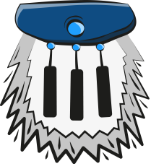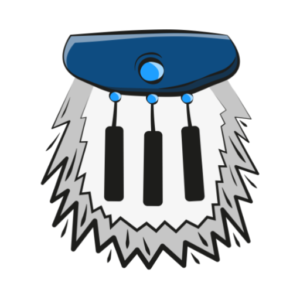In a lesson I once had with Edna Golandsky she made me aware that even though music comes from the heart it’s still a physical process that we follow to get the tone our our instrument.
When Edna mentioned this I was slightly overwhelmed. Something that’s so obvious however it’s not something I’d ever thought about. How do we do this? That’s the question.
I think it’s important to know how an acoustic piano works. Not to any great depth like a piano tech but the basics. When we press a key down this triggers an action that swings a hammer toward strings. The more gentle the press, the slower the hammer moves and the softer the tone. The faster the key press, the faster the hammer and the louder the sound.
Another thing to be aware of is the point of sound. For digital pianos we have to push the key down as far as it goes in order to get sound. This position is called the keybed. However, on an acoustic piano it’s possible to get sound before reaching the keybed.
If you have an acoustic piano try this out. Upon doing this be aware of a feeling in the key where the hammer disconnects from the key and uses momentum to hit the string. This feeling happens at about 2/3 to 3/4 of the way down of the key. If you move the key in this range you’ll feel very slight tactile feedback.
When I’m playing I imagine all this happening. Understand the velocity that the hamme moves toward the string allows me to be more accurate when creating the tone I want which leads to the expression I am looking for. The great thing about this is that you can use this thought process even when you’re on a digital piano. This will lead to more control when playing.
This mental process takes time to develop. Initially, really take your time thinking about this when playing your repertoire slowly. Over time it will become instinct and speed of learning will improve.

